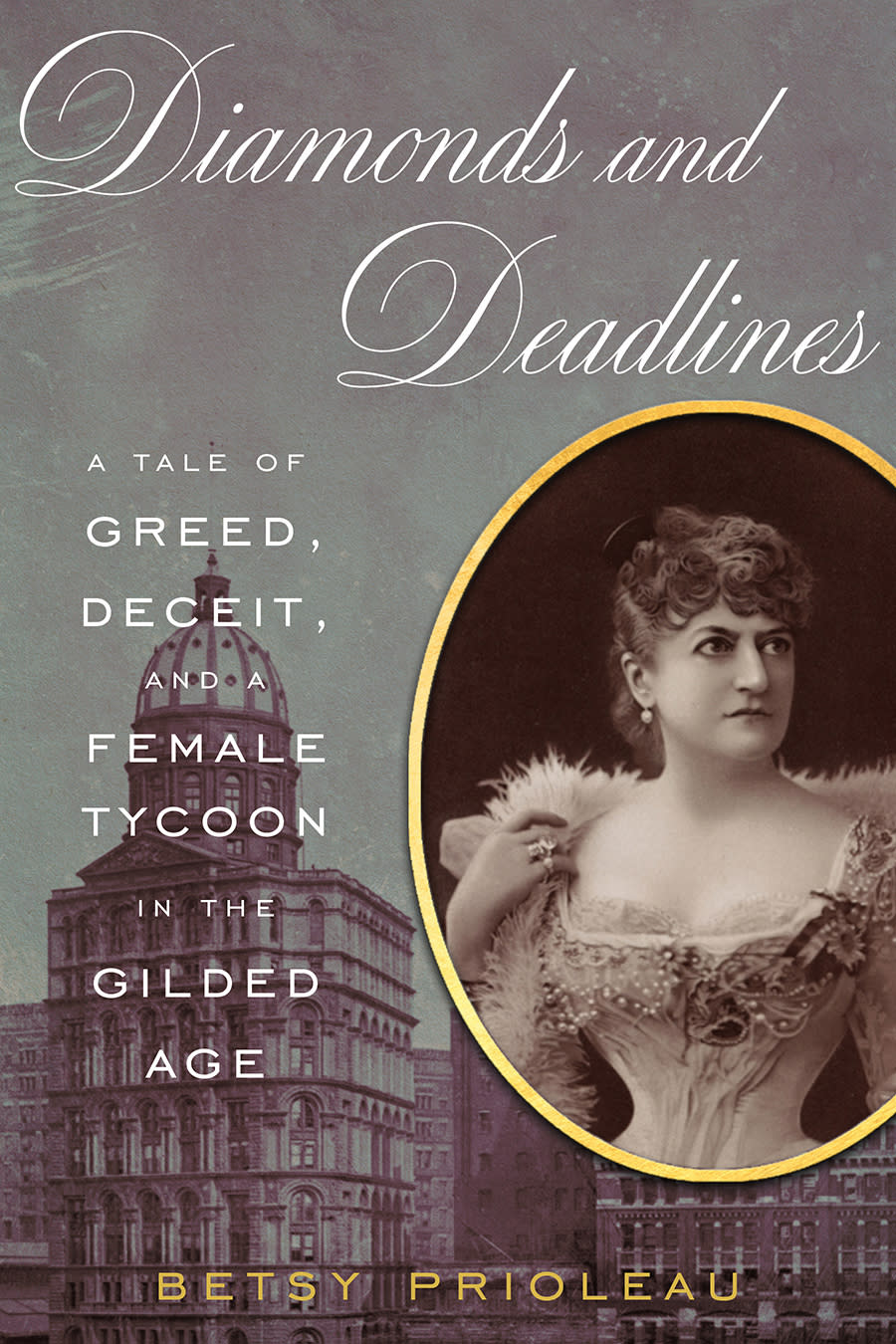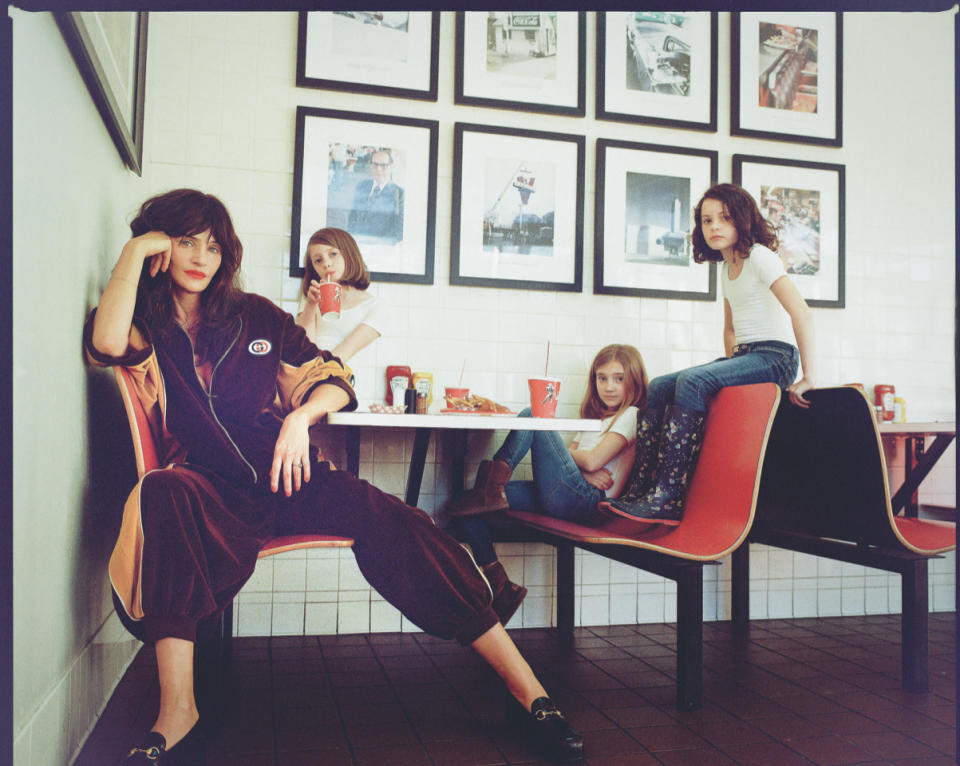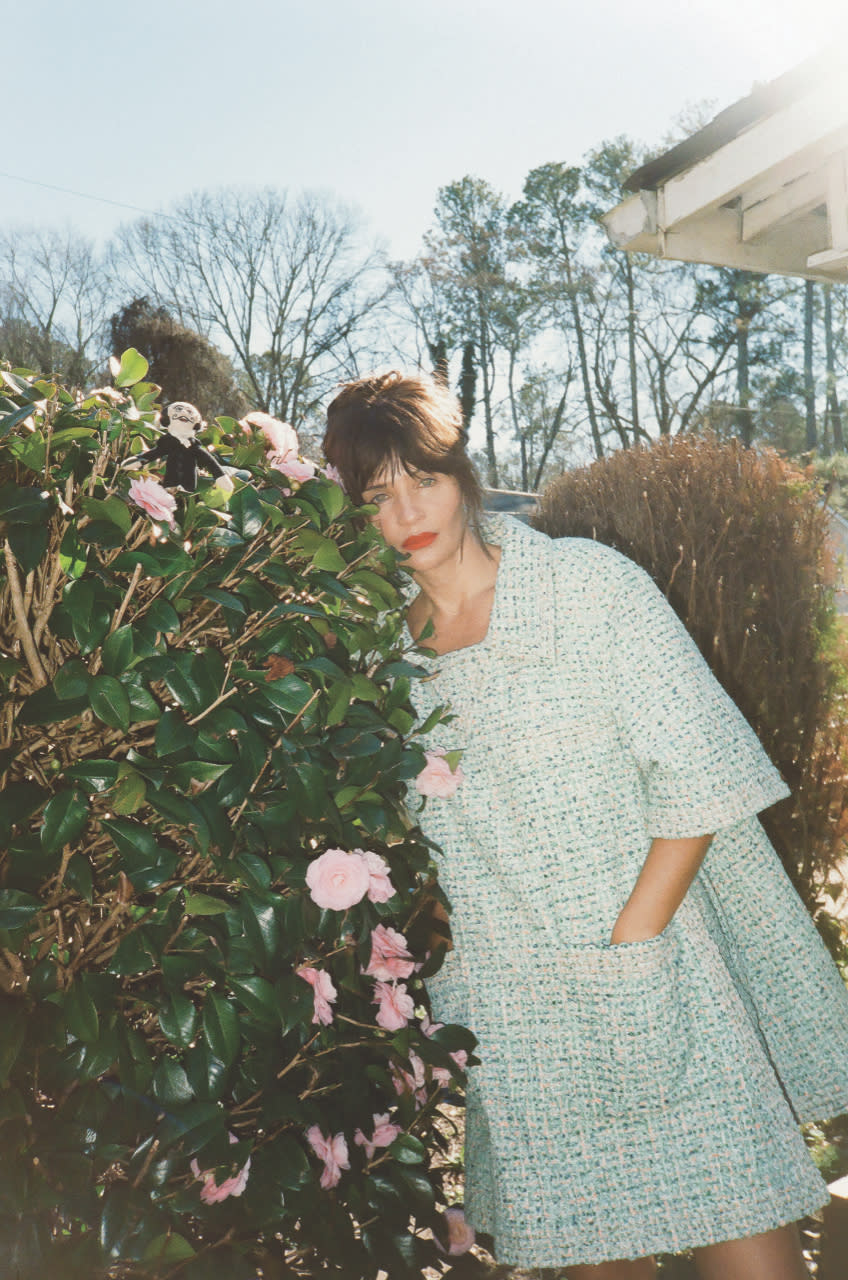Keeping Current With Fashion-Related Reading
- Oops!Something went wrong.Please try again later.

Along with a wave of new styles, each season welcomes a fresh crop of fashion-soaked books.
This spring is no exception for readers of all kinds, including the design-inclined. Just-out or soon-to-be-released page-turners include Alfons Kaiser’s “Karl Lagerfeld: A Life in Fashion”; Kim Jones’ “The Fendi Set: From Bloomsbury to Borghese,” with photos by Nikolai Von Bismarck; Veronique Hyland’s “Dress Code: Unlocking Fashion From the New Look to Millennial Pink,” and “Yves Saint Laurent Museum Marrakech: Studio Ko.”
More from WWD
Yves Saint Laurent to Mark 60th Anniversary at Six Paris Museums
Inside Jackie Nickerson's 'Field Test' Exhibit at Jack Shainman Gallery
However disparate two nonfiction titles might sound, “Christy Bush: Familiar,” which explores 30 years of photographs, rock ‘n’ roll, fashion and coming of age in the American south, and “Diamonds & Deadlines: A Tale of Greed, Deceit and a Gilded Age Female Tycoon,” which details the scandalous life of publishing magnate Miriam Leslie, share a message of how everyday efforts can accumulate to lasting ventures and women’s empowerment.
Due out March 29, “Diamonds & Deadlines” explores interest in the current era. Author Betsy Prioleau discusses that since many believe we are living in a second Gilded Age, due to the wealth discrepancy and divisiveness in the country, the interest in the period extends beyond Julian Fellowes’ HBO series “The Gilded Age” being picked up for a second season. “There’s also a nostalgia for fashion and beauty. In a strange way, [due to] COVID[-19], with everyone slopping around in pajamas, people feel a yearning for beautiful clothes, fantastic accessories and escape. We’re living in such a terrifying time that to withdraw into this world of incredible glamour is part of the appeal,” she said.
As for why Leslie is not more well-known, Prioleau suggested that could come down to the “rancorous feminist sisterhood. They’re famous for envy, spite and group think. It’s also because she was a little too sexy, a little too off-script. She advocated a Machiavellian route to female power, which wasn’t popular at the time.”
“Not the most lovable female exemplar,” Leslie was “vain, egocentric and bigoted,” which could have curbed “some of the enthusiasm for her in the feminine pantheon,” Prioleau said. “It’s bizarre, when you think about what she achieved and the titanic vanguard figure that she was.”
Married four times, Leslie edged into publishing through her third husband Frank, first stepping in for an unwell editor at his signature company’s Lady’s Magazine. When Leslie died in 1880 with sizable debts, his widow took the top job. While living in an era “when women were angels in the house, confined to the private sphere and denied equality and fashion independence,” she took over a massive publishing empire “on cutthroat male turf and made a fortune,” the author said.
Leslie overcame considerable adversity to get there. In addition, while maintaining a low profile in the later part of the 19th century in relation to feminism, it turned out she was giving money to the suffrage movement on the sly all along.
”As she lay dying [in 1914], surrounded by this vulpine circle of relatives and helping hands, who all wanted to get ahold of her money, she dropped a bombshell. She left the bulk of her $2 million fortune to Carrie Chapman Catt, a women’s suffrage leader, with no strings attached. This was when women’s suffrage was fractured and circling the drain,” Prioleau said. “One of the feminists said that they weren’t sure that women would have gotten the vote (Congress’ ratification of the 19th amendment) had it not been for Mrs. Leslie. Her money set in motion an enormous PR machine that produced a newspaper that persuaded all these guys in Congress and the press.”
(That bequest would be equivalent to more than $56.7 million today.)

Courtesy Photo
In publishing circles, she “assumed the guise of the porcelain Southern belle, wearing tight black satin gowns with organdy aprons, greeting men in this musical contralto, completely disarming men who did not suspect this hard-knuckled commando at the controls. Running the company like a field marshal, overseeing every aspect of the business with nine department heads reporting in to her each day, Leslie proofed manuscripts, approved makeup, vetted all the editorial and managed all these men by exploiting this image of the frail Victorian woman, which was using the enemy’s weapon against them. It was kind of like a female judo,” she said.
Leslie’s “R-rated existence” started at the age of 16 and until the end of her life, performing onstage with the notorious courtesan Lola Montez, later working as a sex worker, before being part of a ménage a trios for 10 years, and then adulterous affairs with numerous lovers throughout the life, Prioleau said. “She was part of that anti-puritanical underworld of the Victorian period that most people don’t know much about…you don’t read about women in the Gilded Age, who were able to get a handle on their love lives at all. A lot of the heroes like Julia Ward Howe achieved a lot, but they were slaves to abusive husbands. Miriam never did that. She divorced three men and very cleverly.”
Prioleau added: “She was a power woman and she really cared about women of the future. She thought women should have a giant sense of selfhood — real skills with image management and executive savvy. She may have some new ideas for women today, who are baffled about how to get into the boardroom and fill up those top spots. She finessed it.”
While Prioleau’s book draws from four years of research, Bush’s features 30 years of images. Like many creatives, the pandemic shutdown provided the time to finally get to the project. Early on in 2020 Bush started sending snapshots from her phone to friends and many, including R.E.M.’s Michael Stipe, responded with, “Where is the book?”
When she set one in motion, he wrote the forward. Bush’s hope is that her photos will spark feelings. “I like the in-between moments the best. They connect the monumental moments with the everyday [ones] so that neither becomes more important,” Bush said, adding that in her mind an image of her daughter’s interactions is just as important of one of Stipe or Helena Christensen.

Courtesy of Christy Bush
With a fine art background, Bush said she didn’t understand that fashion was an art form until she started working at Interview magazine in 1993. Instead of a standard shot of a standing model, her take includes an elegiac teenage girl plunged in a swimming pool wearing a beautiful Molly Goddard dress. In addition to Richard Pandiscio, Bush’s time in New York included working for his photographer partner Todd Eberle. “I think they liked that I wasn’t a polished photographer. I had no fear,” Bush said.
Leaving through the book, Bush said: “I see my life. Each one of those pictures has a story that goes with it and I’m not a writer. It’s a very visceral experience for me and at times very painful.”
Her ex-husband, Interpol’s Sam Fogarino, is featured throughout. “Even when you go through a divorce in the kindest way possible and with much respect, it’s the end of a life together and memories,” said Bush, who spent 10 years shooting the band and had never shared many of her images publicly before the new book.
Another poignant subject was Amy Winehouse, whom Bush photographed admiring a Polaroid that Bush had just taken of the Grammy winner with her then-husband Blake Fielder-Civil at the 2007 Coachella music festival. On assignment there for WWD and Entertainment Weekly, while also being part of Interpol’s entourage, Bush used Polaroids as icebreakers before shooting digital.
Winehouse was “shy and very sweet. And she loved that Polaroid,” Bush recalled. “It was like a little gift. With somebody like that, their existence is giving to everybody else.”
Less enthused about the current state of fashion photography, she used to love going to the magazine stand to get everything she could get her hands on and saving them. “I miss that. I was at the hairdresser the other day. I picked up the March issue of Vogue and it was skinny like January,” Bush said. “Everything is so air-brushed. I like it a little bit raw. I love Tim Walker’s work. It’s beautiful but there was also a textural aspect. Even though it was so art-directed and gorgeous, it still had a base in some kind of reality. Maybe that’s from shooting film as well.”

Courtesy of Christy Bush
Having stepped away for a bit at one point to focus more on raising her daughter, Bush continues to work with the stylist Heathermary Jackson and she loves being able to mix fashion with real life in shoots. The photographer is represented by the Atlanta gallery Jackson Fine Art, which also represents Sally Mann, Maude Schuyler Clay and Cig Harvey among the other photographers. Bush is ready for the next book — one about her Polaroids.
Best of WWD
Sign up for WWD's Newsletter. For the latest news, follow us on Twitter, Facebook, and Instagram.

